- Psilophyta
- Lycophyta
- Sphenophyta (horsetails, snake-grass) and
- Pterophyta (the ferns)
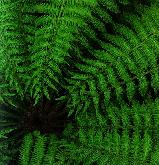
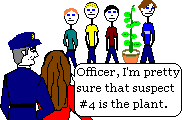 We know plants well. We live among them, we eat them, we inhale the gasses they exhale, we may even have one living in the house with us. Most likely, you've played guessing games where you've grouped things into animal, vegetable or mineral. We seem to have a pretty good grasp on what is a plant.
We know plants well. We live among them, we eat them, we inhale the gasses they exhale, we may even have one living in the house with us. Most likely, you've played guessing games where you've grouped things into animal, vegetable or mineral. We seem to have a pretty good grasp on what is a plant.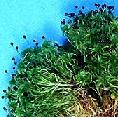 Plants are rightfully divided based upon their structures and reproductive capabilities. The first group is made of non-vascular land plants. These are grouped together in the division known as the Bryophytes. You know them better as mosses.
Plants are rightfully divided based upon their structures and reproductive capabilities. The first group is made of non-vascular land plants. These are grouped together in the division known as the Bryophytes. You know them better as mosses.
|  |
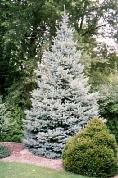 |
|
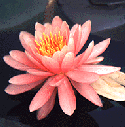 There is one more division to talk about, and that is the most familiar of all plant groups. These are the flowering and fruiting plants. They are known as angiosperms. If gymnosperms are naked seeds, angiosperms are covered seeds. They are covered with some kind of protection, often a fruit or other marerial.
There is one more division to talk about, and that is the most familiar of all plant groups. These are the flowering and fruiting plants. They are known as angiosperms. If gymnosperms are naked seeds, angiosperms are covered seeds. They are covered with some kind of protection, often a fruit or other marerial.